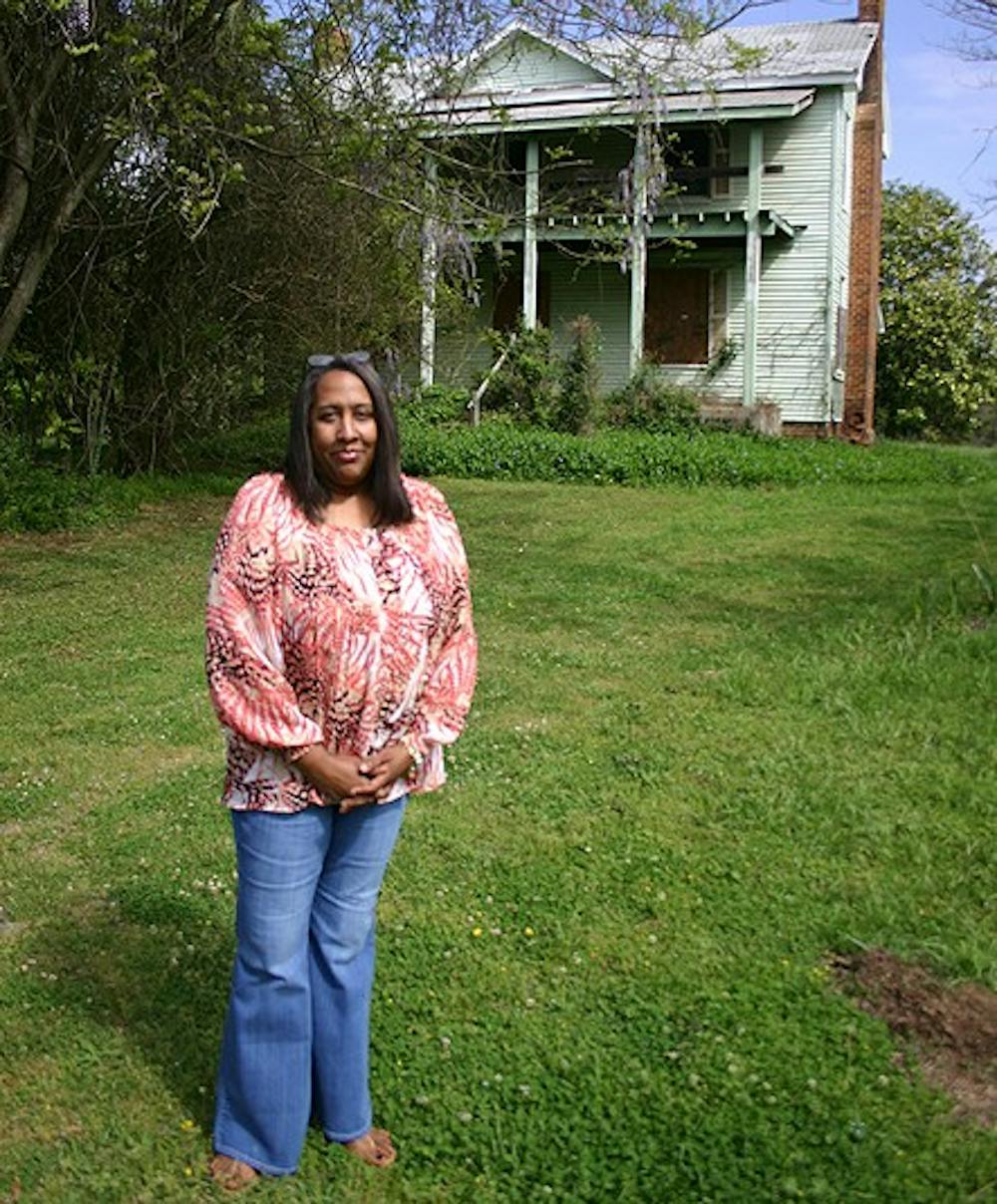Deardra Green-Campbell never guessed that she was descended from a white slave owner until she came across the will of Thomas Lloyd Hogan on the Chapel Hill Preservation Society website two weeks ago.
Green-Campbell found names from her family tree in the will — and while the name of a long-distant grandmother belonged to a slave, as expected, the name of her partner belonged to Hogan’s white son.
The will had been posted by Preservation Director Ernest Dollar just weeks earlier, and Green-Campbell contacted him to learn more.
“It had only been a week or two since I put that up,” Dollar said. “I thought, ‘How did this woman find this already?’”
Green-Campbell said she was on a mission to learn about her past. Dollar told her that he had discovered the will in the Hogan-Rogers house on Purefoy Drive, which Thomas Lloyd Hogan built in 1843.
That house is slated to be moved 150 yards from where it is now to the corner of Purefoy Drive and Edgar Street within the year, so she and her husband traveled from Atlanta to Chapel Hill on Tuesday to follow their history.
The house is on land that the St. Paul’s African Methodist Episcopal church purchased in 2006. Dollar said the Preservation Society has been working with the Rogers-Eubanks Neighborhood Association to move the house to make way for a new church complex.
Dollar said the relocated house would be used as a community center for the Rogers-Eubanks Neighborhood Association. Orange County Commissioners have discussed the possibility of using the center as a form of remediation for residents in the historically black and low-income area, which has long hosted the county’s landfill.
“It would include a food bank and education programs,” Dollar said.



